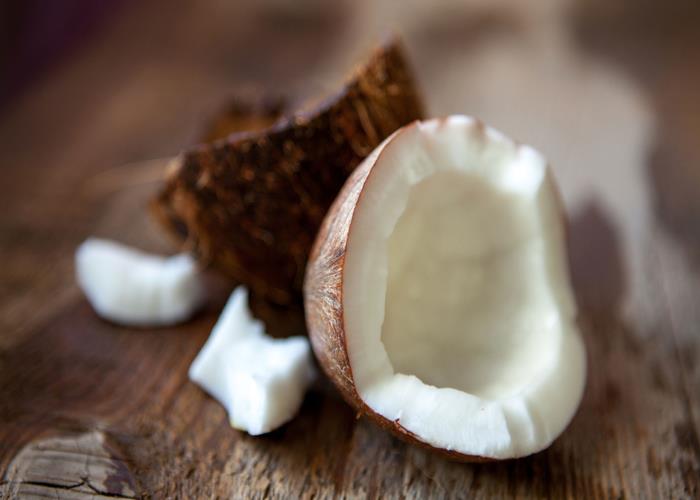Where to find the perfect UK coconut

`Don't be put off because you're not on a beach because a coconut, brown or green, can be enjoyed just about anywhere in the world'
I love an autumn fair: the glowing fairy lights as the nights draw in, the warm sticky candyfloss like toasty glowing cloud-beacons, the sick-making fun-rides, the terrifying tattooed muggers, err, I mean stall-holders, and, of course, the coconut shy.
What better way could there be to spend a pound than throwing three wooden balls at an inedible desiccated ‘fruit’ nailed to a stick? You can’t knock it off, no matter how hard you hit it. But then, why would you want to? It’s the ultimate foodie paradox: impossible to harvest and inedible when you do.
No wonder the rest of the world laughs at the British way of eating: rather than spend our money on buying good food, we like to spend it on throwing things at bad food.
I’m not saying a coconut is all bad. Its hairy exoskeleton is very useful for making coconut matting. Its leaves are often weaved together to create durable broom bristles, and its discarded husks build sturdy walls for people to poor to afford bricks.
But just because you can make something into mats, brooms and bricks doesn’t make it a tasty foodstuff. In fact, you’d have thought, rather the opposite.
It was years before I finally grasped that the dried out ancient old coconuts we get in England – with their rock hard, hairy shell, thin, tasteless water and bland, dry flesh – having nothing to do with the way they are consumed in their native lands, where the fruits (and they still look like fruits) are harvested green from the trees, and the tops hacked to make straw-hole so you cans suck out the sweet, sweet milk, then split to peel out the jelly-like skin, all squirmy and lithe, like a lychee.
But until recently I was never able to find a coconut in its delicious natural state at home. And then by chance I happened into Jive, a Barbudan sometime Camden Lock market fruit seller who sells ripe green coconuts – one of the few people in London who do.
“Don’t be put off because you’re not on a beach because a coconut, brown or green, can be enjoyed just about anywhere in the world,” he explains. “It’s crucial to feel for weight, because more often than not, it is the bigger, denser coconut whose flesh will yield the best milk and cream once condensed.
“The quality of fruit we import into this country, especially after travelling many miles, is not superb, meaning the flesh will not be as tender and as juicy to eat with a spoon like one would in an arid climate. To grate the flesh onto croissants and other desserts is fine, but the majority of coconut-based food we eat in the UK are soups, creams and sauces, which require good and extensive condensing, not necessarily a tender jelly.”
“If you’re traditional about it, hold the coco over a bowl and pierce the three eyes at the top of it,” explains the fruit seller. “Let the water run out into the bowl, and begin to hit the fruit with the back of a knife around its equator, twirling it round as you do. Once split, scoop out the flesh to be used immediately, or freeze it safe somewhere, since the meat tends to be become bitter rather quickly.
“Then, what you do with it is up to you. Whizz it with water to make some superb milk for a curry, float raw chunks of it raw in a soup or grate it like cheese over ice-cream. Indian and Thai cookbooks will have you swimming in recipes; I have it with bananas for breakfast.”
And if none of that appeals, why not nail it to a stick at the end of your garden and charge people a pound a throw to try and knock it off.
Also worth your attention:
Comments
Do you want to comment on this article? You need to be signed in for this feature